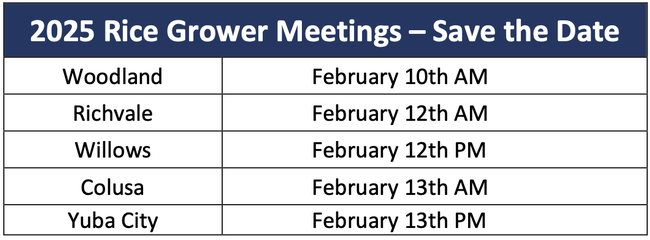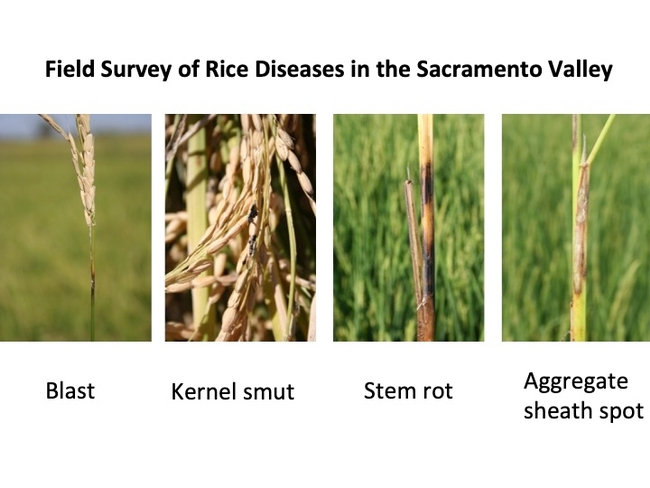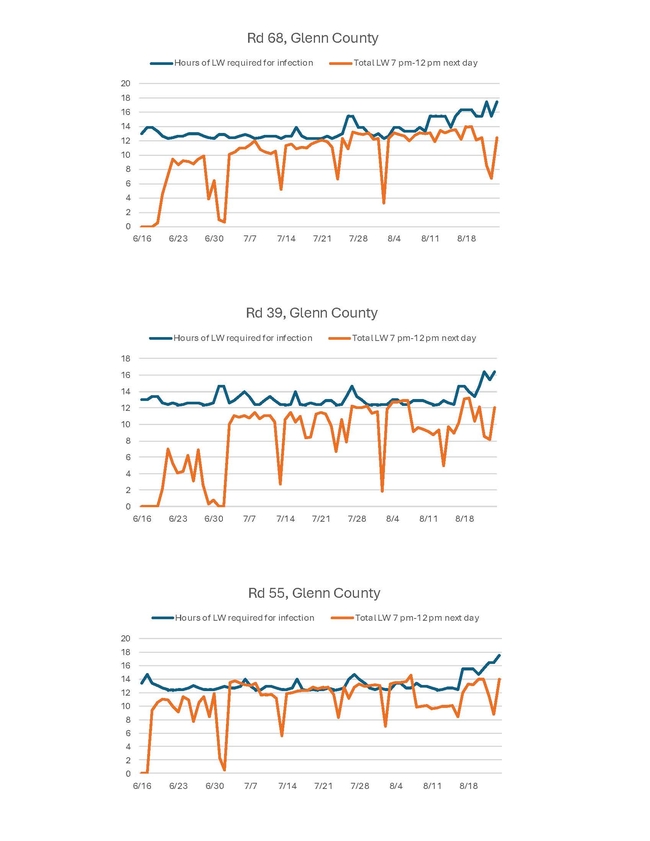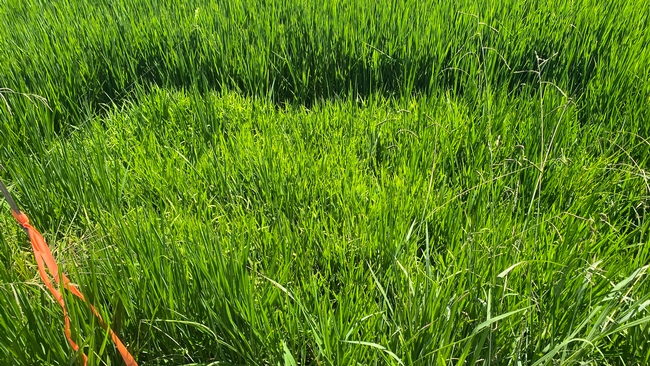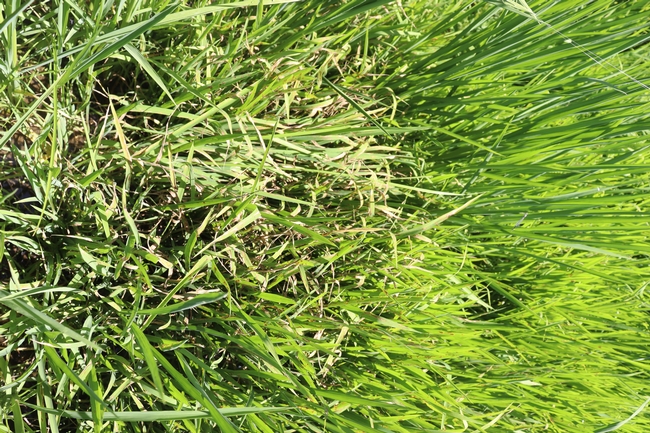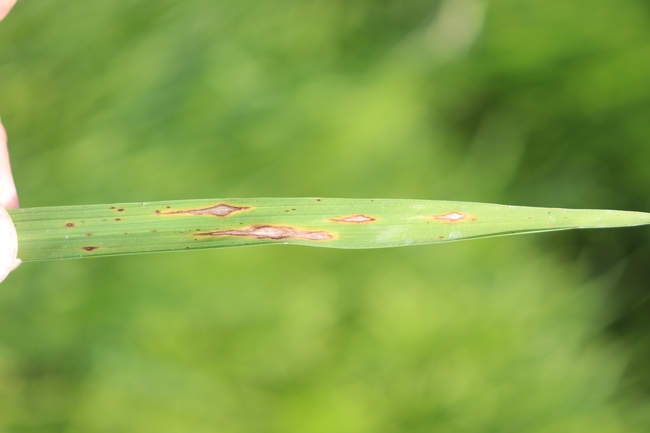- Editor: Taiyu Guan
The following description has been endorsed by the Weed Science Society of America, Entomological Society of America, and American Phytopathological Society.
1: What is the Endangered Species Act (ESA)?
The Endangered Species Act is a long-standing federal law, first passed in 1973, which requires government agencies to ensure any actions they take do not jeopardize a species that has been federally listed as endangered or threatened. When an agency has a proposed action that might affect a listed species or its habitat, they consult with one or both of the agencies that helps enforce the ESA, the U.S. Fish and Wildlife Services or the National Marine Fisheries Service (this is known as “a consultation” with “the Services''). The Services then may recommend changes to the project or action to protect listed species or habitats.
2: How does the ESA affect pesticide use?
The Environmental Protection Agency (EPA) Office of Pesticide Programs (OPP) is the federal agency that regulates pesticide use. Because the use of pesticides can affect animals and plants (or their habitat), pesticide registrations are considered “actions” that would trigger an endangered species consultation.
3: Why am I hearing about the ESA and pesticide use now?
Due to the complex nature of the process, the EPA has not fully completed the required endangered species consultations with the Services for pesticide registrations in the past, which has left many of those pesticides vulnerable to lawsuits. Courts have annulled pesticide registrations which has led to their removal from market. To make pesticide registrations more secure from litigation, ultimately all pesticide registrations will comply with the Endangered Species Act (https://www.epa.gov/endangered-species).
4: How will this affect the pesticide I use today?
Many pesticide labels will likely have changes that could include:
- Requirement to check the EPA's Bulletins Live! Two website and follow current ESA restrictions for the pesticide product in the bulletin (https://www.epa.gov/endangered-species/bulletins-live-two-view-bulletins)
- Measures to reduce spray drift
- Measures to reduce runoff/erosion
- Other measures to reduce pesticide exposure to listed species and their habitat
In short, farmers and applicators should expect to see some new application requirements on their pesticide labels. But there is no need to panic. To date, no pesticide has ever been fully removed from the market based solely on endangered species risks, and that remains an unlikely scenario in the future.
5: Why does complying with the ESA matter?
By starting to fully comply with the ESA, EPA anticipates that this will give farmers and applicators more stable, reliable access to the pesticides they need. Furthermore, the ESA has been successful at bringing back some species Americans care about – such as the bald eagle or the Eggert sunflower – and restoring them to healthy populations, which has benefited the natural and cultivated ecosystems that agriculture (and society) rely on.
- Author: Luis A Espino
It is time again for the Rice Diseases Survey. The objective of the Survey is to document the incidence of rice diseases in Sacramento Valley rice fields so that the Air Resources Board agrees to continue to allow the rice industry to burn up to 25% of the acreage. Every five years, the Board has to re-approve the straw burning program. One of the reasons for letting growers still burn is disease control. Therefore, it is important to show that diseases are still present in rice fields. This is the third Rice Diseases Survey Cooperative Extension is conducting. The first was in 2014 and the second in 2019.
A crew of four to five will be stopping in random fields in the major rice producing counties and inspecting for the presence of diseases in 30 sites in each field. We will look for stem rot, aggregate sheath spot, kernel smut, and blast. The precise location of each inspected field won't be disclosed, only the general location and County.
If you have any questions or concerns, contact me at laespino@ucanr.edu or 530-635-6234.
- Author: Luis A Espino
I just wanted to do a quick update on blast. I have not seen any other blast besides the one I reported on an earlier post. PCAs that I have spoken to have not seen blast either. With the cooler temperatures, conditions for blast are not as good. The hours of leaf wetness (LW) required for infection are higher when temperatures are cooler (see figures below). We'll see what happens as temperatures warm up again, but we know that as the crop matures, blast infections are less likely. However, I don't want to say we won't see any blast - last year we saw blast infect some fields late in the season. We'll keep monitoring.
- Author: Luis A Espino
Yesterday, I visited a farm with blast in Glenn County. In this case, the grower seeded M-210, and as an experiment, he planted some M-105 in a very small area at the time of clean up herbicide application. This is a location where blast is common. In fact, last year this location had severe neck blast.
Blast showed up on the M-105 but the M-210 is completely clean. The picture below shows some burned leaves and lesions that could be confused with herbicide burn. However, there are plenty of the typical diamond shaped lesions.
Small area of M-105 surrounded by M-210.
Blast burned down some of the M-105 leaves, resembling a herbicide burn. The M-210 does not have any lesions.
Typical blast lesions found around the M-105 burned leaves.


